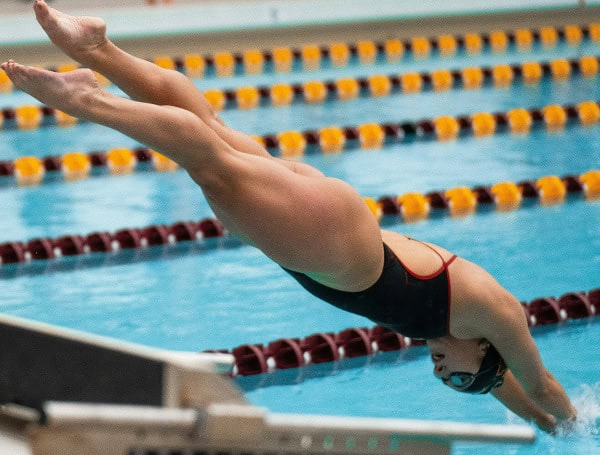
Perhaps more than any other people, Olympic athletes adhere to the strictest regimens of daily exercise and diet. With the 2024 Paris Olympics scheduled to start this week, a University of Florida College of Health and Human Performance (HHP) professor calculated how many calories Olympians require to sustain their rigorous workouts, and UF Institute of Food and Agricultural Sciences (UF/IFAS) nutrition experts devised sample diets to illustrate how athletes might replenish themselves.
Among the most demanding Olympic sports, calorically speaking, is the 100-meter dash, said Benjamin Gordon, HHP professor of exercise physiology.
A male 100-meter sprinter, for example, needs to consume an estimated 3,042 calories each day to make up for what he burns exercising, Gordon learned.
Read: Agricultural Safety Center, UF/IFAS Release Heat-Related Illness Toolkit
To reach this number, Gordon studied the three American men who competed in the race during the 2020 Tokyo Olympics: Ronnie Baker, Trayvon Bromwell and Fred Kerley, the last of whom won a silver medal for the United States with a time of 9.84 seconds. Gordon averaged the men’s height, weight and age (180.4 centimeters, 79.18 kilograms and 29, respectively) to estimate a fictional male sprinter’s Basal Metabolic Rate (BMR), the number of calories his body would require to complete basic functions. Gordon calculated a rate of 1,795 calories.

He then calculated the number of calories burned during 90 minutes of sprinting practice — approximately 1,247 for a man of the fictional sprinter’s size — and combined the two numbers to reach his total.
For comparison, the average 29-year-old man of the same size needs to consume 2,154 calories a day if he engages in a moderate amount of physical activity, Gordon determined.
“Obviously these are all estimates,” he said. “There are plenty of variables that could make these numbers dramatically different. The amount of lean muscle someone has makes a huge impact, the length of practice obviously has a huge impact, and the intensity that they are exercising or practicing has a dramatic impact.”
Read: Florida Citrus Industry Faces Challenges Amidst Rebounding Demand
Jeanette Andrade, an assistant professor with the UF/IFAS food science and human nutrition department, and Li-Ying Suvi Kuo, a graduate student in dietetics who is working under Andrade, used Gordon’s calculations to devise typical meal plans for the fictional sprinter and his non-athlete counterpart.
Both meal plans center around eggs and oatmeal for breakfast, spaghetti and skinless chicken for lunch and lean hamburger, accompanied by veggies, for dinner. The athlete plan, however, features more food and drink items, including yogurt at breakfast, larger helpings of spaghetti and chicken at lunch and a cup of 1% milk at dinner.
Read: American Conference Predictions: Where We Picked USF Bulls In 2024
“We went off the basis that the non-athlete is likely expending fewer calories compared to the athlete,” Andrade said. “But for both meals, we wanted to ensure that they were balanced in the amount of carbohydrates, proteins and fats. We wanted to incorporate lean proteins, whole grains and enough fruits and vegetables to obtain the vitamins and minerals that they needed.”
The athlete would typically hydrate more than the non-athlete by drinking at least 11 cups of water throughout the day, compared to 9 cups, and by adding a 20-ounce sports drink to the mix, according to Andrade and Kuo’s meal plans.
“For both the athlete and non-athlete, they need to ensure that they are consuming the appropriate fluid based on their body weight and needs,” Andrade said.
Help support the Tampa Free Press by making any small donation by clicking here.
Android Users, Click To Download The Tampa Free Press App And Never Miss A Story. Follow Us On Facebook and Twitter. Sign up for our free newsletter.
